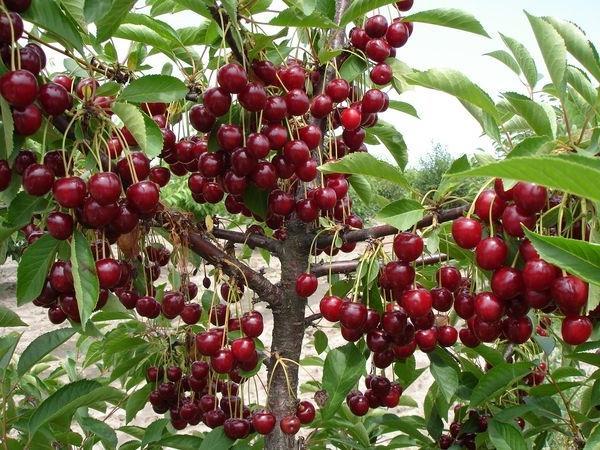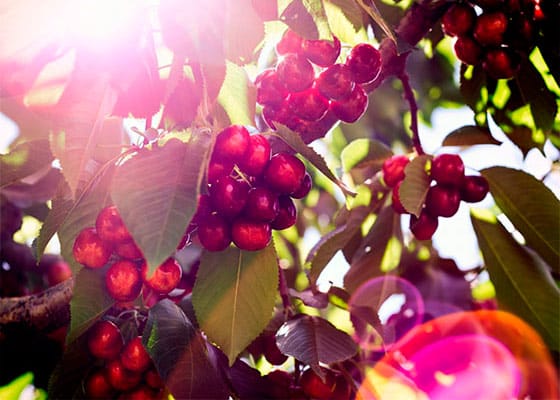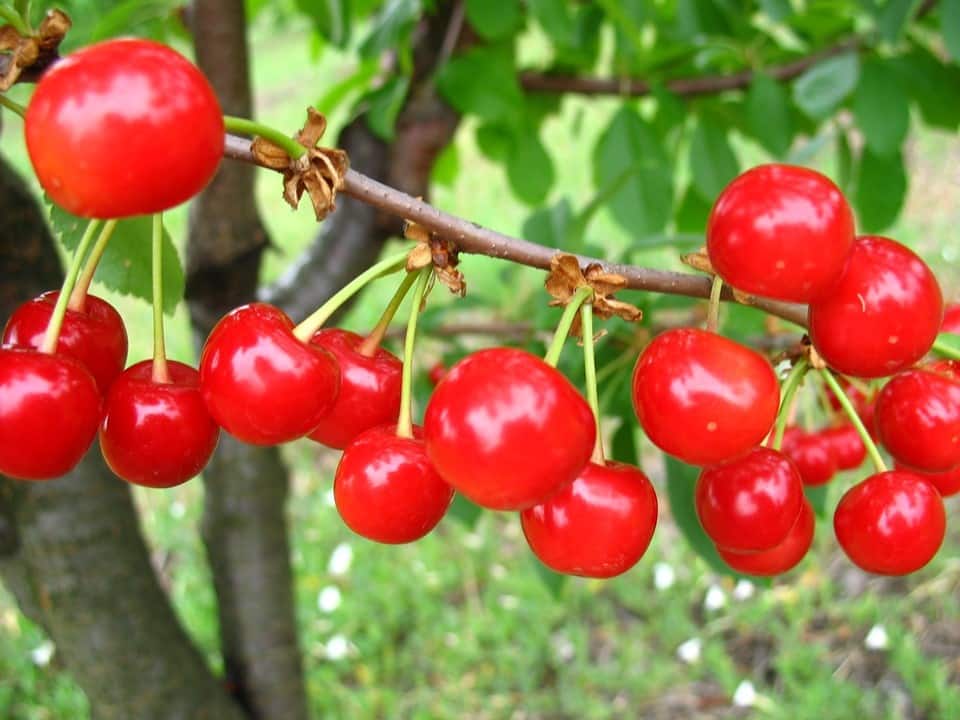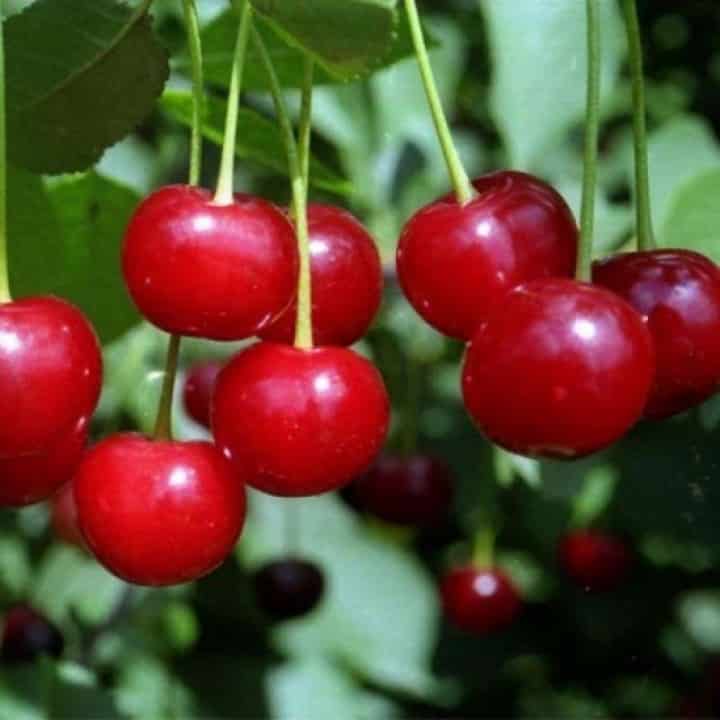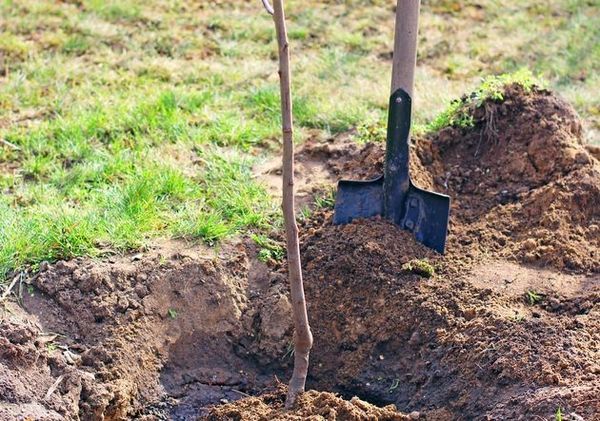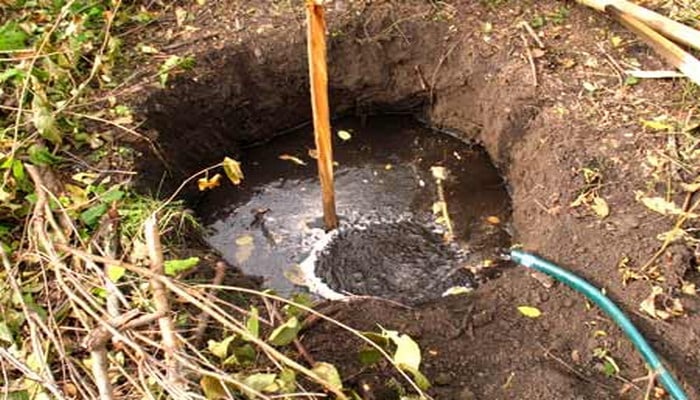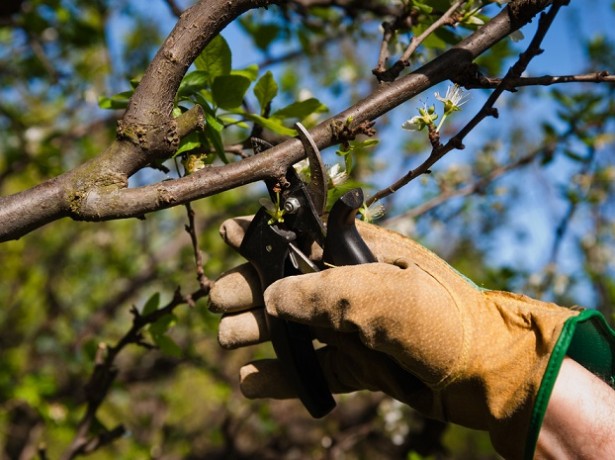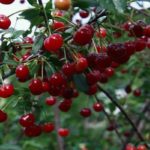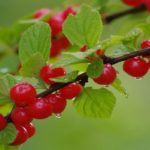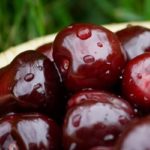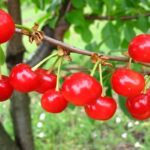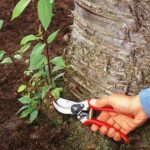Looking at the State Register, you can find many varieties of cherries, but not all are suitable for growing in central Russia. How to choose a cherry tree that can produce a good harvest, withstand temperature changes and resist unfavorable conditions?
Criteria for selecting varieties
When selecting a crop variety for these regions, it is necessary to focus on the main criteria: yield, resistance to low temperatures, ripening time, susceptibility to diseases and pests.
Winter hardiness
The most stringent requirements for this quality should be made when selecting cherries for cultivation in the northern regions of the middle zone. In the southern regions, winters are not so severe.
Cherry is sensitive to temperature changes, but thanks to selection, it was possible to obtain varieties that are able to withstand late spring and return June frosts, due to which buds, flowers, leaves and shoots can die.
For such a climate, you should not choose varieties that bloom too early; even the most frost-resistant trees can lose their flowers during sudden frosts. You can delay the flowering process by using tree trunk cover; for this, light material or hay is used.
Ripening time
All crops are divided into three types depending on when their fruits ripen:
- early ripening - fruits ripen by the end of the first summer month;
- medium - ripe berries can be picked after July 15-20;
- late - ripening occurs at the end of July and August.
In the northern regions of the middle zone, planting early varieties of fruit trees and bushes is associated with a number of risks - they can bloom when the air temperature temporarily drops - at night or in the morning. But late-ripening species are also problematic - a short summer is not always enough for their fruits to ripen.
Productivity
Most often, cherry trees begin to bear fruit 5-6 years after planting. There are early-fruiting varieties and hybrid species that can produce crops already in the 2-4th year.Bush cherries, for example, felt cherries, are more precocious than standard varieties. In early-fruiting crops, the yield increases more intensively, and this positive quality is highly valued in the conditions of risky gardening in the middle zone.
There is a sure way to speed up the onset of fruiting of cherries by 2-3 years - grafting.
Cherry varieties for central Russia
Breeders have developed dozens of cherry varieties and hybrids with various characteristics, including productivity and adaptive properties. It is worth considering the most popular species suitable for planting in mid-latitudes.
Chocolate girl
The fruits ripen in early summer; the crop is highly resistant to low temperatures. The berries are burgundy in color, with a sour taste, small in size, with juicy, dense pulp. On average, one tree produces 15-17 kg of berries, the plant height reaches 2.5 m. The fruiting process occurs at the end of June.
Shpanka
An early-ripening variety that does not require cross-pollination. Shpanka berries are sweet and sour, juicy, small in size, flattened.
The crop is distinguished by increased productivity - 50-60 kg of berries per tree per season. The height of the tree often reaches 5.5-6 m.
Zhukovskaya
The height of the tree with a spreading but sparse crown does not exceed 2.5 m. Cherries bear fruit with juicy berries, which are excellent for various desserts. They are heart-shaped and medium in size. The culture has average resistance to diseases.
Robin
A popular late-ripening cherry variety that does well in temperate continental climates. It bears fruit with small, round, dark red berries, with a sweet and sour taste.
Malinovka's harvest is abundant, reaching 0.5 centners per tree, which ripens on average at the beginning of the last summer month. The culture requires “neighbors” who act as pollinators, that is, it is necessary to plant nearby cherry type Shubinka, Black Consumer Goods, Lyubskaya.
Volochaevka
When choosing large-fruited self-fertile crops for your garden plot, you should pay attention to Volochaevka - a winter-hardy cherry that can withstand frosts down to -30 degrees. But if the temperature drops below this level, her kidneys can be seriously damaged. Cherry of this variety grows in the form of a medium-sized tree with a not too dense crown.
It bears fruit for the first time in the 4th year after planting; 10-14 kg of berries can be collected from one tree, which is considered high yield.
Many cherry bushes and trees need pollinators, but if the size of the plot does not allow for planting several crops, self-fertile varieties should be chosen.
As a rule, bush crops enter the fruiting process faster, and they produce more berries than trees. Most experienced gardeners prefer low growing cherry varieties and for good reason. They are more suitable for growing in windy areas; they are not so dangerous from being washed away by groundwater, since their root system does not go deep.
Growing principles
Cherry is not the most demanding fruit plant, however, when planting a crop in a certain region and subsequent care, it is worth taking into account some features, including climatic conditions.
Planting a seedling
There are two periods suitable for planting seedlings - in the spring this can be done before the buds open, and in the fall - no later than mid-October.The best time is considered to be mid-spring, but in the fall there is a larger assortment of varieties, there is plenty to choose from. If the seedlings were purchased at the end of autumn, they can be buried on the site in an open hole in the ground and covered, and in the spring they can be moved to a permanent place.
In the middle zone, in different regions, the soil can differ significantly - this concerns not only the composition, but also the level of acidity and fertility. You can find both highly fertile areas with turf soil, and poor, podzolic soil, where acidity is greatly increased.
In heavy, acidified soil, crops grow poorly, develop slowly and bear fruit later. Therefore, before planting seedlings, it should be deoxidized using ash, lime or dolomite powder. A bucket of sand and a kilogram of ash are added to the ground from one hole. The amount of other additives is determined based on the acidity of the soil.
Groundwater should not be higher than one and a half meters deep; if it is high, then it is better to plant the sprouts on an elevated area. The size of the planting pit for cherries is as follows: depth - 0.5 m with a width of 0.6 m. Plants of bushy varieties should be placed at a distance of at least 2 meters from each other, the minimum gap between tall trees is 3 meters.
Watering
Cherry tolerates dry periods well. In the middle zone, it is watered during flowering and fruit ripening, if there is no precipitation, at the rate of 5 buckets of water for one plant. The last watering occurs in the month of October, when the leaves fall.
Top dressing
In autumn, the soil for cherries is fed with fertilizers containing phosphorus and calcium. In the spring, experienced gardeners advise fertilizing the soil with nitrogenous fertilizers - bird droppings, azofoska.A solution with a weak concentration is prepared from them.
Trimming
It is necessary to care for the crown regularly - remove dried branches and shorten shoots whose length exceeds 40 cm. In the fall, this is best done in October, before frost sets in, and in the spring - in March, until the juices begin to move. Branches that are frozen are pruned after buds open.
Disease Prevention
Cherry trees and bushes are often affected by fungal diseases, and even the most highly resistant of them can suffer if unfavorable weather conditions arise. To reduce risks, it is recommended in the fall to clear the soil under the tree of fallen leaves and burn them.
For prevention, it is useful to spray the plant with compounds containing copper - a solution of copper sulfate or oxychloride, a mixture of copper sulfate and lime. It is advisable to carry out the procedure before flowering and after harvesting. At the first manifestations of a fungal infection, it is recommended to use the drug “Horus”.
Today, there are many cherry crops and hybrids that thrive in the climatic conditions of central Russia. And if not so long ago trees were grown here that produced fruits with average and low taste qualities, then modern gardeners have the opportunity to get a harvest of juicy, large, sweet berries. The main thing is to choose the right variety and properly care for your ward.

